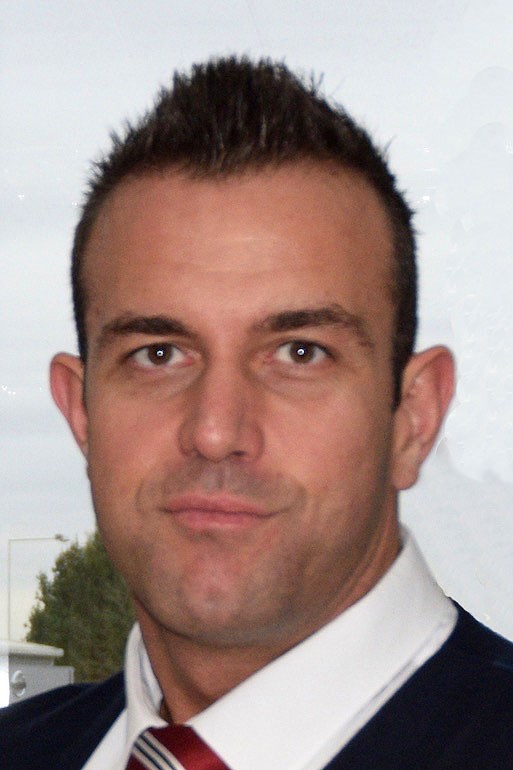AM: What are the main responsibilities of your role?
Phil Lambert: It is split between existing sites, current developments, and future developments. For existing sites, I am in the process of upgrading the facilities to make them more energy-efficient and cost-effective to run, reviewing everything across the portfolio from internal and external lighting through to our security strategies and equipment.
The work being undertaken for the business can be as big as a new showroom or workshop building, through to minor repairs to existing facilities.
For current developments, I oversee the work, ensuring the standard and specification are as required. I also act as the primary point of contact from both the business side of the works and the contractors’ side.
For future projects, I produce feasibility studies to allow discussion with the board, as well as negotiating land and property deals with both public and private land owners. We currently have a few ongoing.
What are the most significant challenges ahead in your field of work?
Phil Lambert: The primary challenge I face is not a new one. It’s about getting the right balance between achieving a fit-for-purpose end product in a cost-effective way. But this is a challenge in all industries, from building a new car to constructing a building.
AM: How might these challenges be overcome?
Phil Lambert: At the Chorley Group, we recognise that the key to combatting this problem is knowledge and a well thought-out and interrogated brief. With all projects, it is critical to establish a realistic and specific list of requirements and specifications. Generic specifications for non-critical items are not good enough. Being clever with product selection can help you achieve huge savings.
If you combine that approach with good design and a tight brief, it can lead to something that meets with the needs of the end user at a reasonable price.
It is therefore extremely important that professional consultants employed to undertake any work are told from the start of any project what is expected of them.
Working as an in-house architect allows me to have complete control over both the design and specification of any project, allowing me to ensure with every aspect of a building, the business is getting optimum value for money.
AM: What attracted you to this area of expertise?
Phil Lambert: I have always loved being an architect. Buildings and property have long been a passion for me, but working within the automotive industry has allowed me to bring together my love of cars with my love of buildings.
Prior to my appointment at Chorley Group, I had worked for the business as a consultant, so when they approached me to join it was an easy decision to make.
Working for Chorley Group is as much about the people as it is the industry. From working in the business, it is clear to me the success of this business is not just about the hard work put into it, but the personalities of those involved.
AM: What’s the most important thing you’ve learned in your career, and how have you made use of it at your company?
Phil Lambert: When I speak to other consultants and clients, I am constantly told that my understanding of both design and value is unique. The available budget doesn’t seem to be something of concern to many architects, so I am told.
Designing an impressive building with an endless budget is very easy, it is designing a building to a tight budget that is more challenging, and I love a challenge. Matt de prez















Login to comment
Comments
No comments have been made yet.